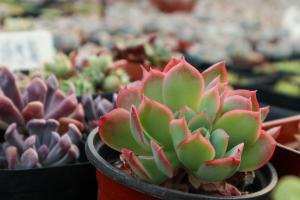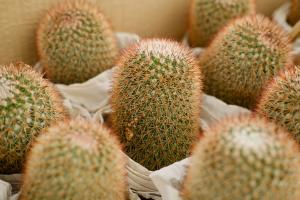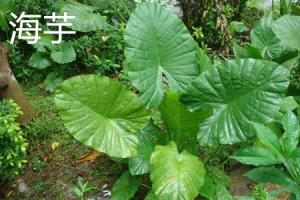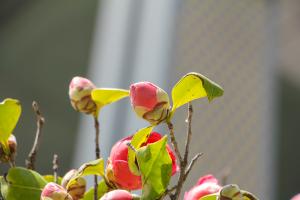1、 Curing method
1. Temperature: warmth is more suitable for its growth, and it will also be helpful for its flowering. In addition, in its habits, its cold resistance is better. Generally speaking, it is not particularly close to the north. In places with very cold temperature in winter, it is not necessary to prevent cold

2. Light: sufficient sunshine is helpful for its growth, flowering and fruit. If it is kept in a very dark environment, it may not bloom, or the number of flowers is very small. So, unless it's too strong, you don't need to shade
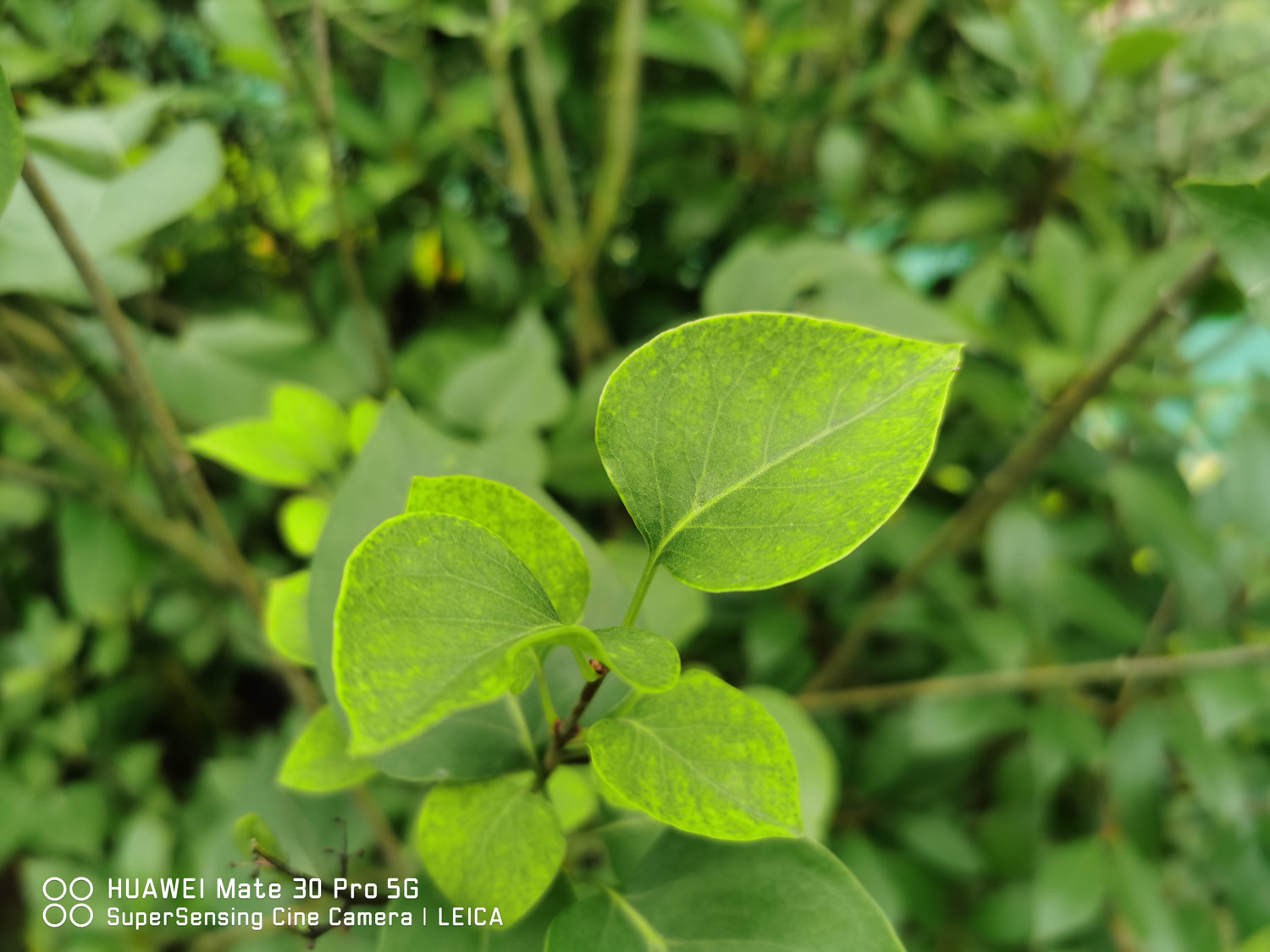
3. Watering: it likes places with a lot of water. Wild plants are generally distributed on wet hillsides and other places. Therefore, watering should be sufficient at ordinary times, but try not to be too waterlogged, otherwise it is easy to get some diseases
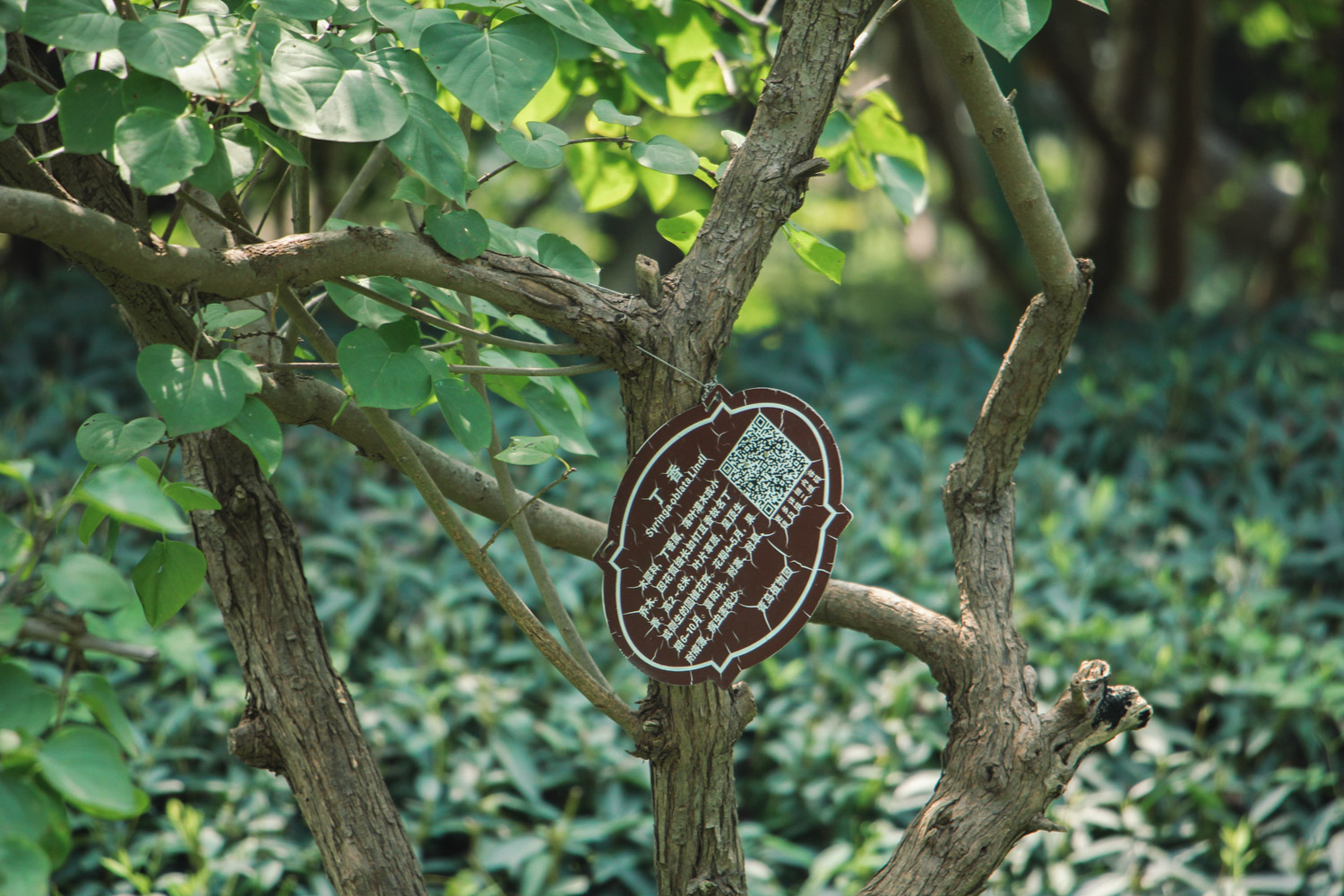
4. Fertilization: usually it doesn't need much fertilizer. You can choose to sow it in a fertile place. After that, topdressing can be done once a month or twice a month. During flowering, pay attention to the application of phosphate fertilizer

2、 Breeding skills
1. Reproduction: it is best to reproduce by sowing. First, the seeds should be treated to promote germination. It is best to soak them in water at 40 to 45 degrees, and then soak them in cold water for two days and treat them with potassium permanganate. The method of "drill" or "broadcast" can be adopted. After sowing, the thickness of the covered soil can be about 1.5cm. After that, the soil shall be watered thoroughly and then the strong light shall be shielded
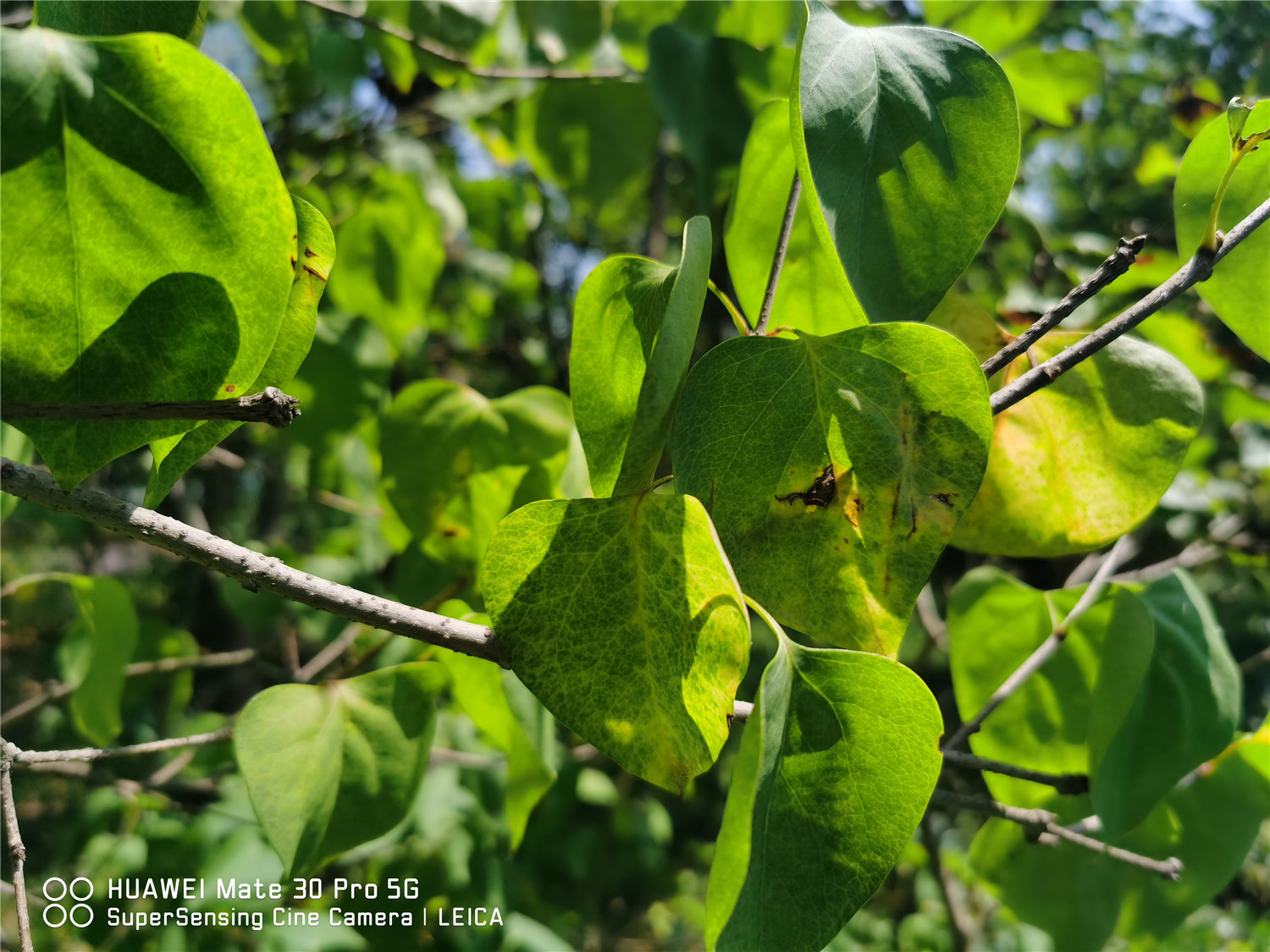
2. Pruning: pruning branches and leaves in spring is more important. The first is to pick the heart, which can not only make more branches, but also make more flowers later. The dry and yellow leaves have to be cut off. Moreover, repair the flower branches after flowering
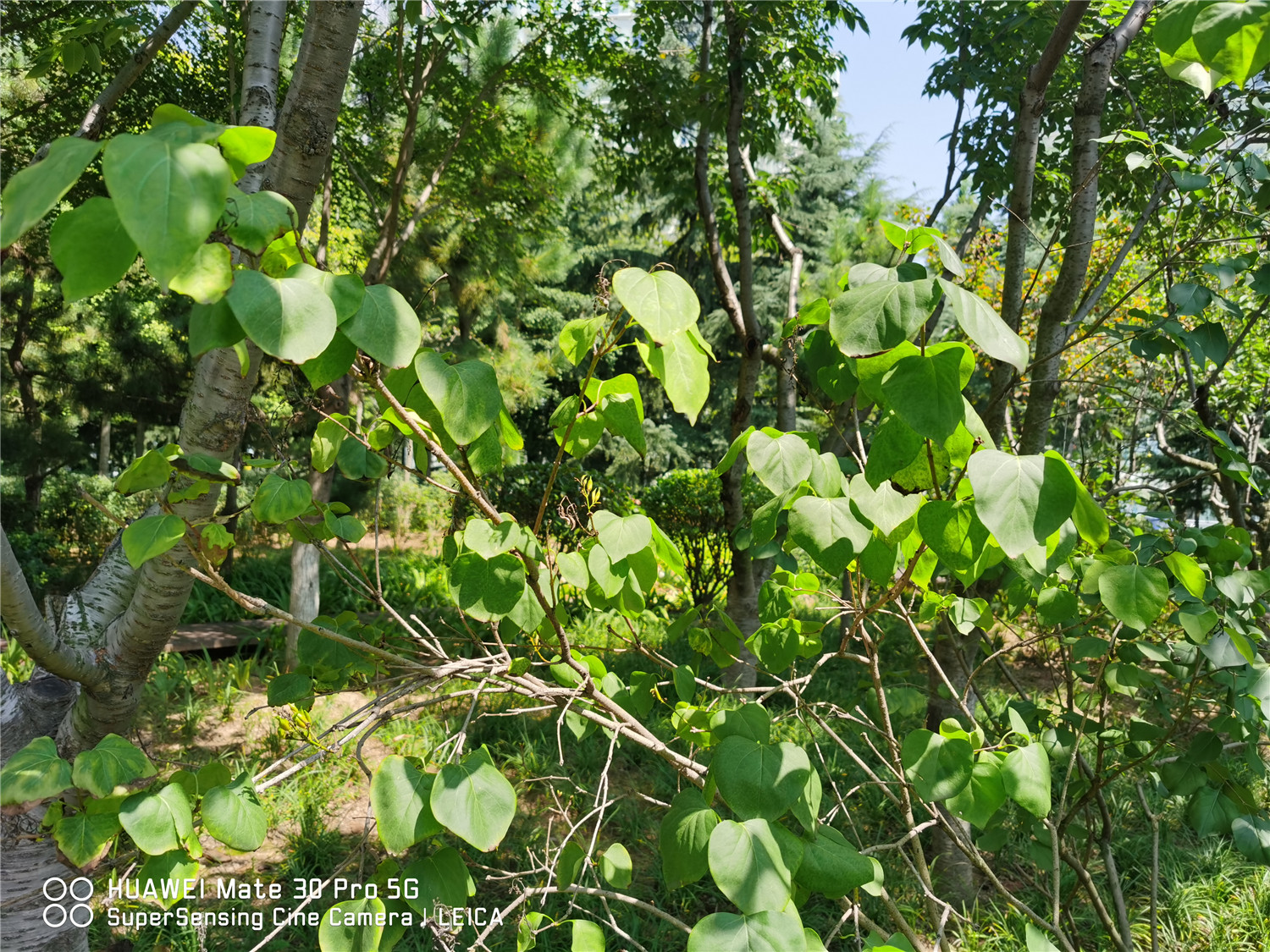
3、 Problem diagnosis and treatment
1. Diseases: the main species are some fungal diseases. Such as "leaf blight", "wilt" and so on. It is particularly easy to appear in summer and can be treated with corresponding drugs in time. In addition, too much watering can easily lead to "root rot", which can be repaired with medicine at the same time
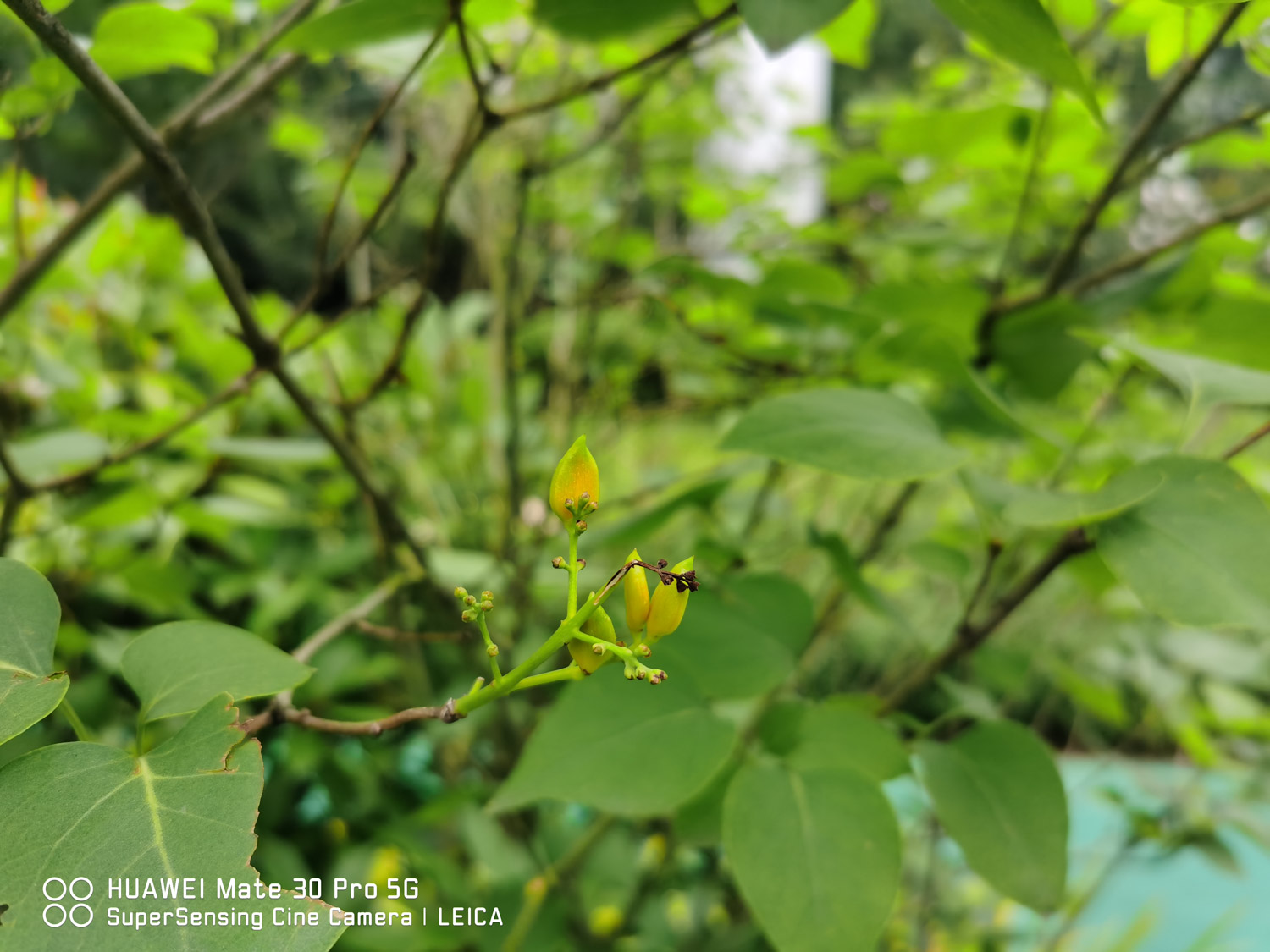
2. Insect pests: there are "caterpillars" and "thorn moths", which are also common in summer. You can spray insecticides immediately
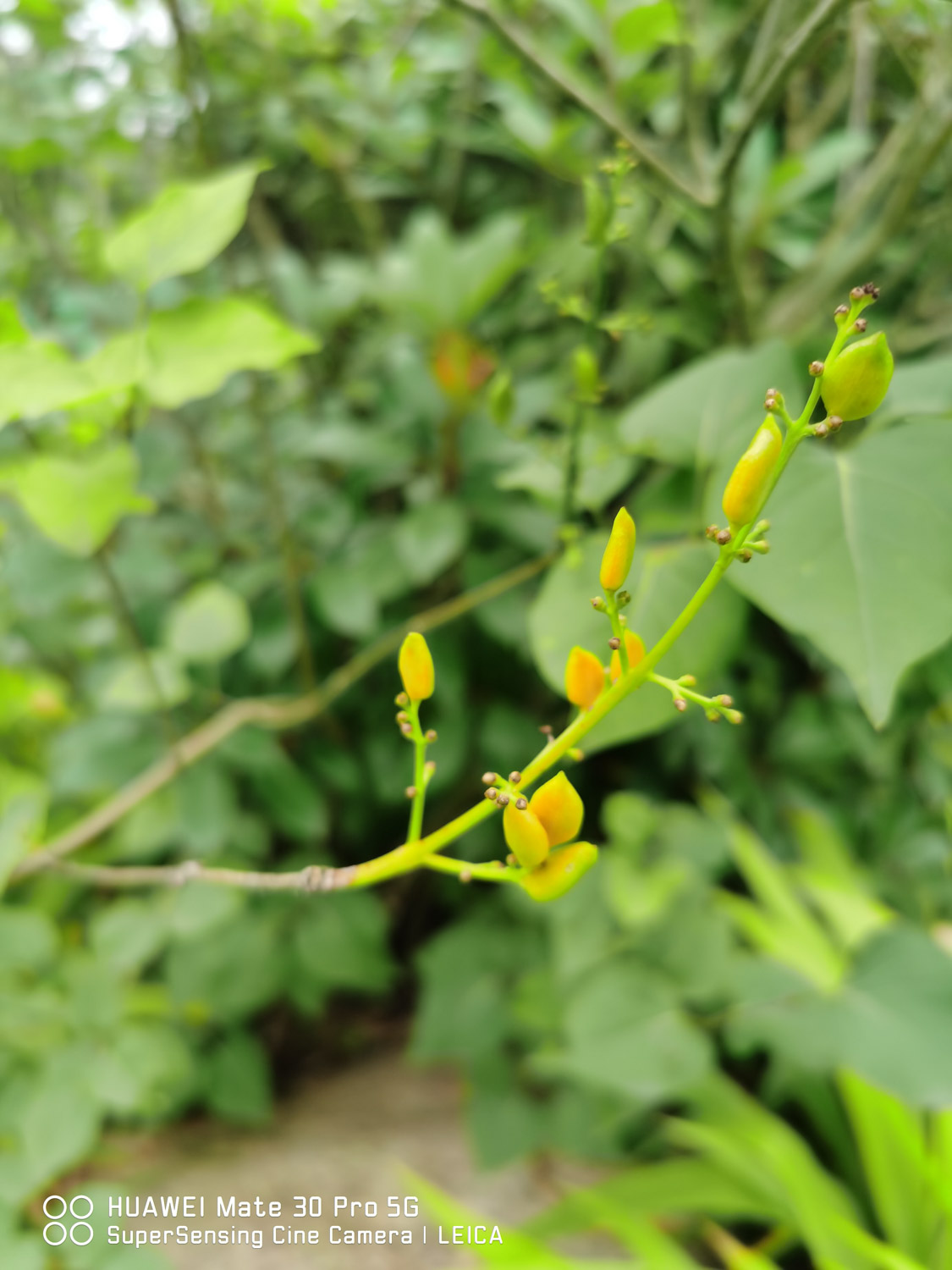
4、 Other issues
1. Toxicity: it is not toxic. Its flowers are fragrant, but non-toxic

2. Whether it can be raised at home: its height is very high, and it is generally not placed at home
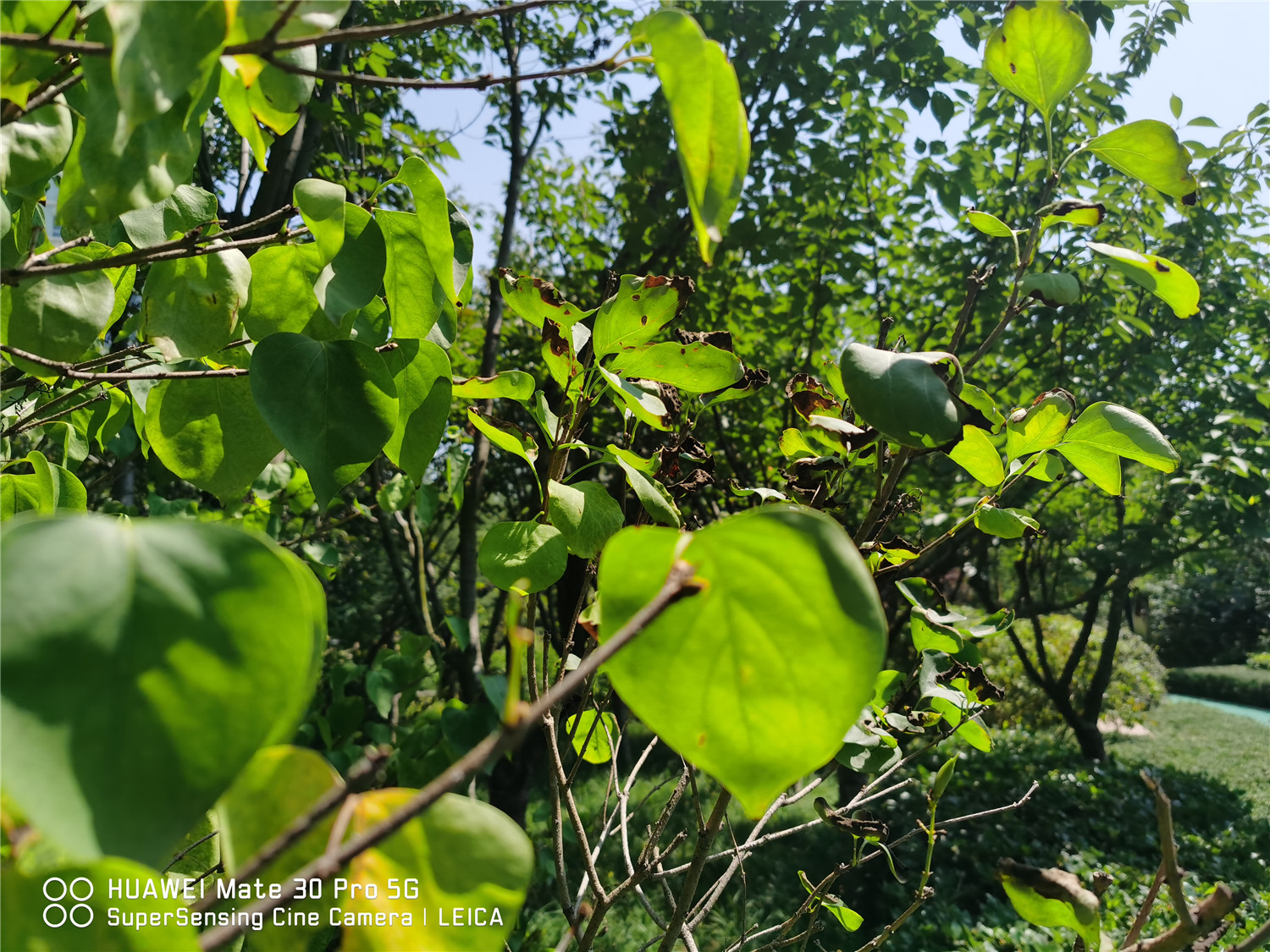

 how many times do yo...
how many times do yo... how many planted tre...
how many planted tre... how many pine trees ...
how many pine trees ... how many pecan trees...
how many pecan trees... how many plants comp...
how many plants comp... how many plants can ...
how many plants can ... how many plants and ...
how many plants and ... how many pepper plan...
how many pepper plan...